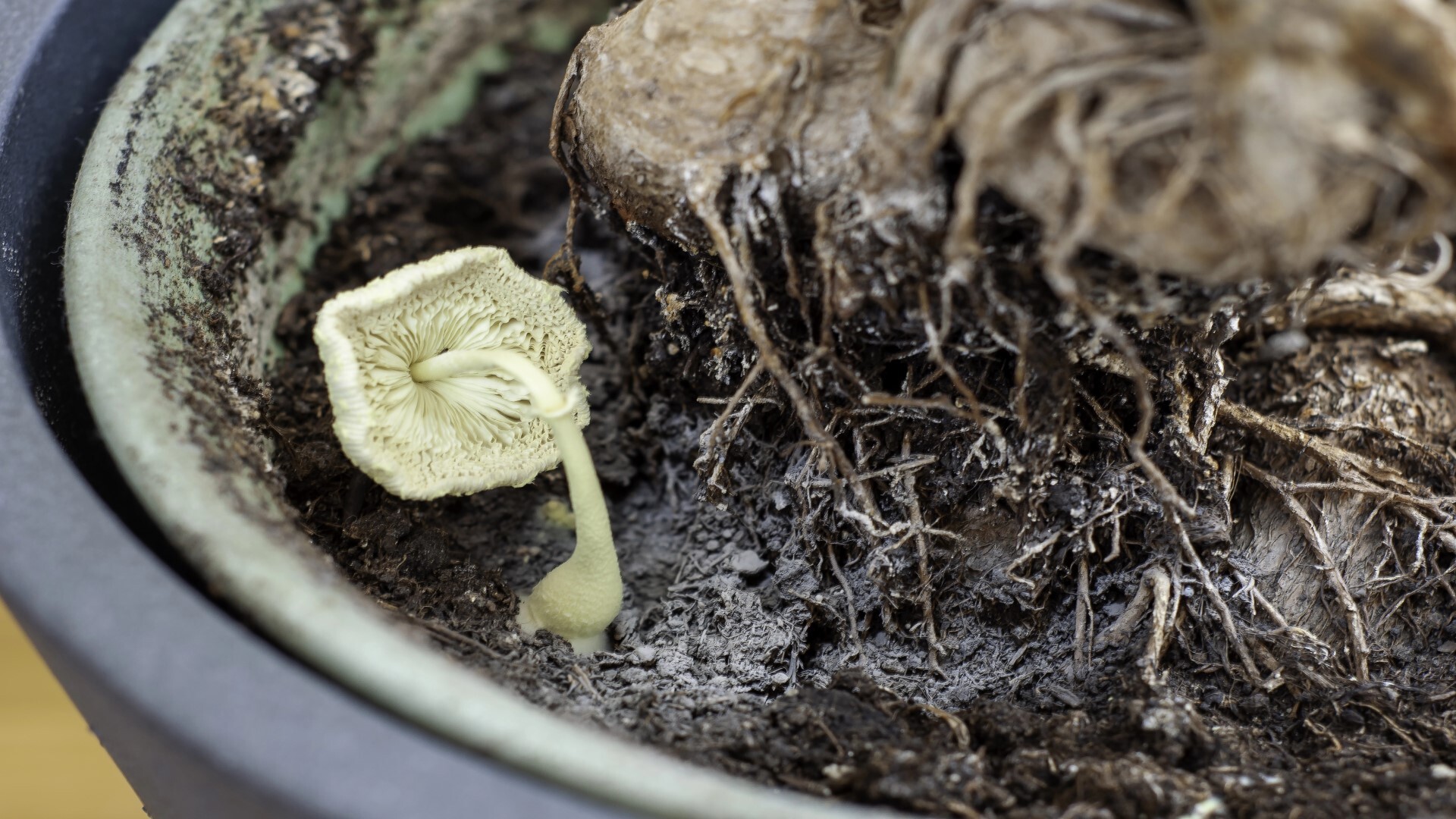Last month, researchers discovered a new antibiotic called "lariocidin," which may help fight bacteria that do not respond to regular medicines. This finding is important because drug-resistant bacteria are becoming a serious global health problem. Millions of people die each year because current antibiotics no longer work against certain infections.
Funnily, the antibiotic was found in a technician's garden! Scientists took soil samples from the garden and analyzed them. It was observed that a bacterium called "Paenibacillus" produces lariocidin, a type of lasso peptide. Lasso peptides are special because they have a knotted structure that makes them very stable and hard to break down. This characteristic allows lariocidin to stay active for a longer time compared to many other antibiotics.
The way lariocidin works is different from how most antibiotics attack bacteria. It targets the ribosome, which is the part of a bacterial cell responsible for making proteins. Proteins are essential for bacteria to survive and multiply. Lariocidin disrupts this process in two ways: it stops the ribosome from working properly and forces it to make mistakes when creating proteins. This combined action effectively kills the bacteria, even those that have developed resistance to other antibiotics.
This discovery highlights the value of soil as a source of new medicines. Microorganisms found in soil have evolved unique ways to defend themselves against other microbes, making them a rich resource for antibiotic development. Scientists are increasingly studying soil bacteria to find solutions to the problem of drug-resistant infections.
Antimicrobial resistance is a pressing global health issue, with drug-resistant infections causing millions of deaths annually. The World Health Organization (WHO) has identified antibiotic resistance as one of the top ten threats to public health. The development of new antibiotics is crucial to counteract this trend and ensure the effectiveness of medical treatments.
While lariocidin is exciting, it is still in the early stages of research. Scientists will need to conduct more studies to test if it is safe and effective for use in humans. They will also need to figure out how to produce it on a large scale for medical applications.
Source: Nature | Image via DepositPhotos
This article was generated with some help from AI and reviewed by an editor.
Hope you enjoyed this news post.
Thank you for appreciating my time and effort posting news every day for many years.
News posts... 2023: 5,800+ | 2024: 5,700+ | 2025 (till end of March): 1,357
RIP Matrix | Farewell my friend ![]()



3175x175(CURRENT).thumb.jpg.b05acc060982b36f5891ba728e6d953c.jpg)


Recommended Comments
There are no comments to display.
Join the conversation
You can post now and register later. If you have an account, sign in now to post with your account.
Note: Your post will require moderator approval before it will be visible.